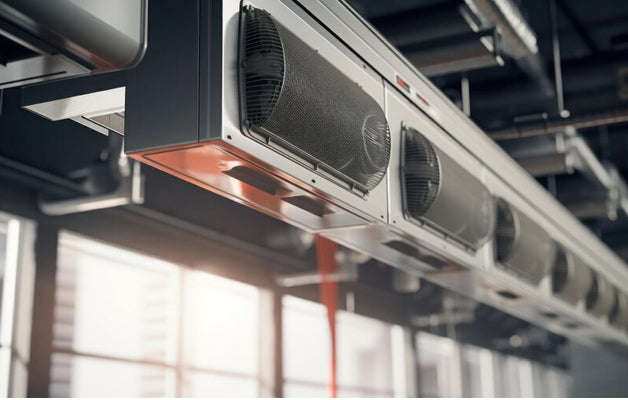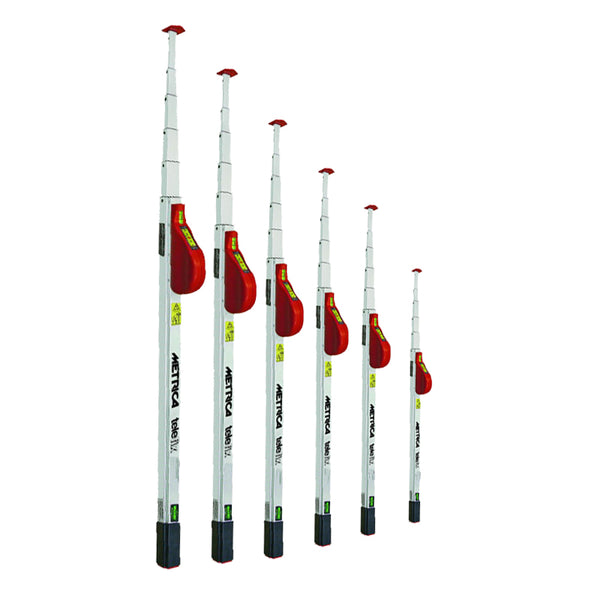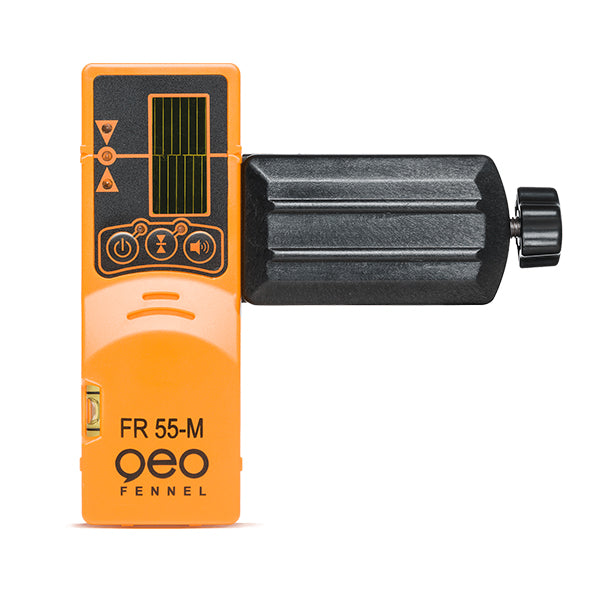Indoor air quality and HVAC
How Indoor Air Quality and HVAC Systems Work Together

Problems faced
Indoor air quality is critical to health care facilities. Monitoring negative and positive air pressure in rooms keeps patients and workers safe from harmful bacteria. Maintaining required air flow pressure in operating or observation rooms can be difficult without the proper tools.
How we solve that problem
The Fluke 922 helps technicians confirm negative pressure in observation rooms or positive pressure in operating rooms in order to meet regulation standards. The Fluke 985 air particle counter measures particle count in a room so that you can ensure that bacteria, allergens, or other contaminants are at acceptable levels.

Industry Applications:
1. Healthcare Facilities: Hospitals, clinics, and nursing homes require exceptional IAQ to protect patients and staff from airborne pathogens and allergens. HVAC systems in these facilities often utilize advanced filtration technologies, such as HEPA filters, and increased ventilation rates.
2. Educational Institutions: Maintaining good IAQ in schools and universities is crucial for students' cognitive function and overall health. Proper ventilation and filtration systems help create a learning environment free from distractions and potential health risks.
3. Commercial Buildings: Offices and other commercial spaces benefit from improved IAQ through increased employee productivity, reduced absenteeism, and enhanced building occupant satisfaction.
4. Green Building Design: Integrating IAQ considerations into building design from the start is crucial for achieving sustainability goals. Strategies like using low-VOC materials, optimizing natural ventilation, and implementing energy-efficient HVAC systems contribute to both environmental and occupant well-being.
The Future of IAQ and HVAC:
The future of IAQ and HVAC lies in smart technologies that continuously monitor and optimize indoor air quality. These systems can:
- Automatically adjust ventilation rates based on real-time air quality data.
- Integrate with building automation systems for efficient energy use while maintaining optimal IAQ.
- Provide real-time feedback to building occupants about air quality conditions.
By working together, IAQ and HVAC systems ensure a healthy and comfortable indoor environment for various industries, contributing to the well-being of occupants and the overall sustainability of buildings.





